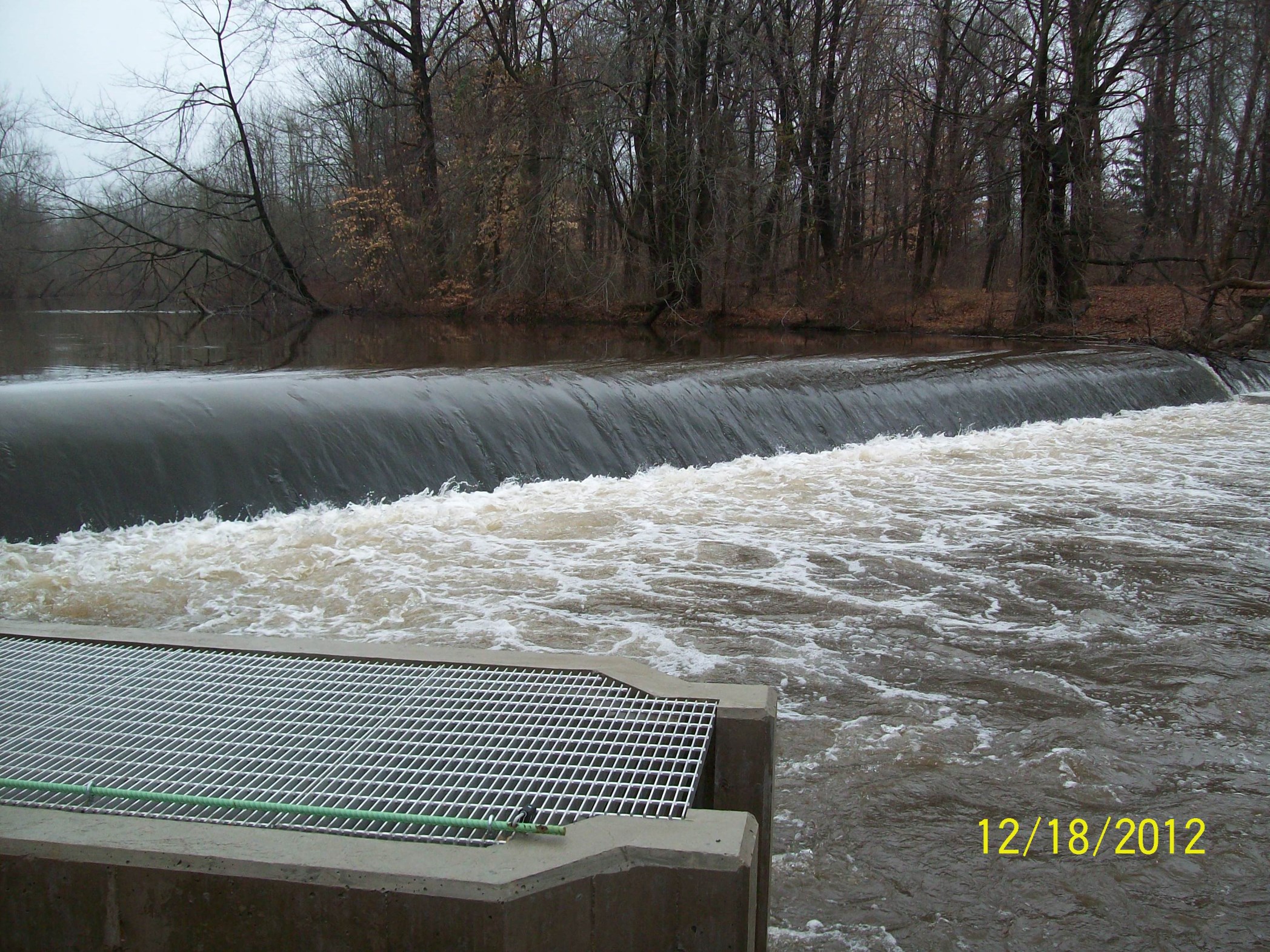Call: 1-800-832-7191
Low Head Dams

What Are Low Head Dams?
Low head dams, often called “run-of-the-river” dams, are small structures—typically 12 feet tall or less—built across rivers or streams to manage water flow. While they may appear harmless, these dams are deceptively dangerous due to the powerful, circulating currents they create just downstream
Hidden Dangers Beneath the Surface
The water flowing over a low head dam can create a hydraulic jump, a churning backflow that traps anything caught in it—including swimmers, kayakers, and even rescue personnel. These currents are often invisible from upstream, making them especially hazardous for recreational users
Connecticut’s Risk Zones
Connecticut is home to several low head dams, including the Wallace Dam on the Quinnipiac River in Wallingford, which has been flagged for its potential danger during high flow periods
The Kinneytown Dam near Seymour has also drawn attention from environmental and safety advocates due to its ecological and public safety concerns
Safety First: What You Can Do
Stay alert: Look for warning signs and avoid paddling or swimming near dams.
Turn back: If you see a dam ahead, exit the water well before reaching it.
Educate others: Many accidents occur because people underestimate the risks.
Moving Toward Safer Waters
Efforts are underway both locally and nationally to inventory and assess low head dams. Organizations like the ASCE and Connecticut’s Department of Energy and Environmental Protection (DEEP) are working to improve public awareness and safety
Low head dams may be small, but their impact can be deadly. Awareness and caution are key to preventing tragedies on Connecticut’s rivers. Have you enjoyed this blog? Visit our Boaters Blog page for more like this. Check out the CT DEEP’s page on Low Head Dams in Connecticut.
